OPEC+ oil output hikes decided to boost production again. The group raised output by 411,000 barrels per day for June. This decision followed earlier hikes in April and May, which added 960,000 barrels per day in total.
Brent crude dropped by $2.04, reaching $59.25 per barrel. At the same time, U.S. crude fell by $2.10 to $56.19. These are the lowest levels since early April.
The accelerated OPEC+ oil output hikes increased concerns about too much supply. Energy expert Tim Evans said the market expects a surplus soon. This shift comes from OPEC+ unwinding production cuts made since 2022.
The group had earlier agreed to cut 2.2 million barrels per day. Now, it’s reversing 44% of those cuts in just three months. Analysts say more cuts may end by October unless countries like Iraq and Kazakhstan follow their quotas better.
Saudi Arabia reportedly pushed for faster production increases. This move aimed to pressure Iraq and Kazakhstan for poor compliance. OPEC+ insiders confirmed that Saudi Arabia leads this stricter approach.
As a result, Barclays cut its Brent oil price forecast. The bank now expects $66 per barrel in 2025 and $60 in 2026. It pointed to faster output increases as the reason.
In addition to supply issues, rising tensions in the Middle East added more uncertainty. A missile launched by a Tehran-backed group landed near Israel’s main airport. In response, Israeli Prime Minister Netanyahu promised retaliation.
Iran’s Defense Minister warned that Tehran would strike back if attacked. These rising tensions created further worries for oil traders. However, the supply outlook remained the market’s main focus.
OPEC+ decisions now drive both price moves and investor sentiment. As the group increases supply, analysts expect more volatility in global oil markets. Traders will also watch how member countries comply with new quotas.
Meanwhile, many energy companies may adjust their plans. Some will react to lower prices, while others might boost output to take advantage of market share shifts.

